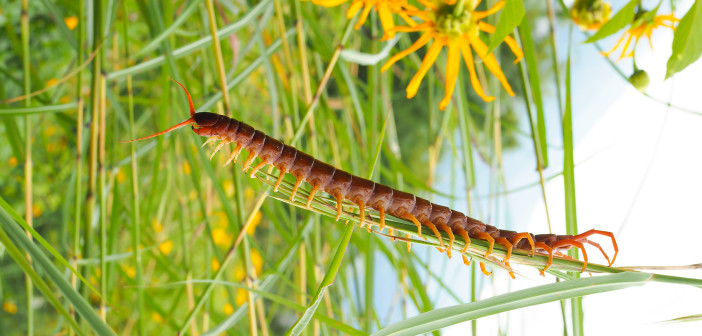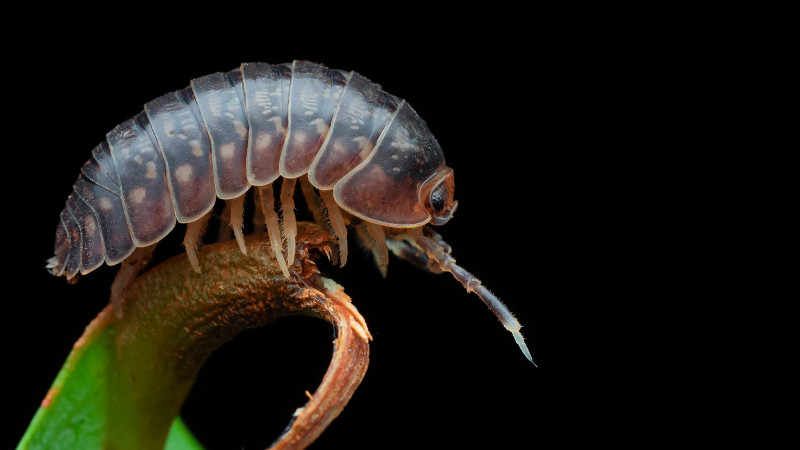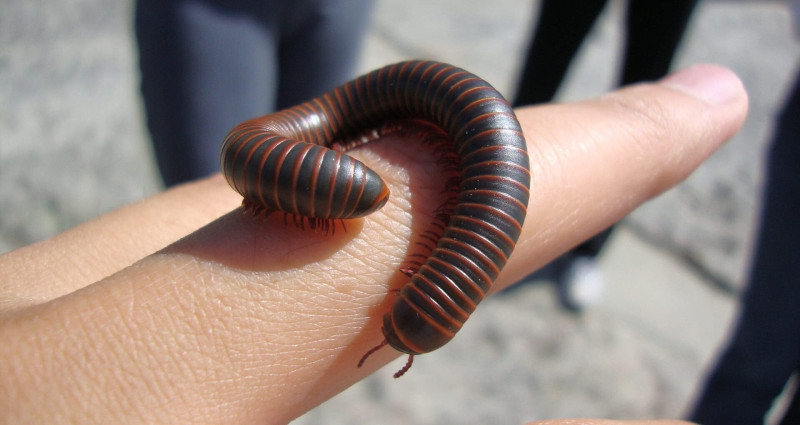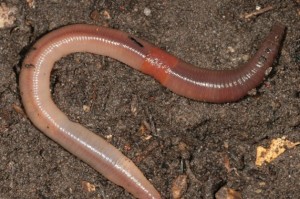Centipedes, often perceived as alarming pests, are beneficial allies in maintaining a healthy yard ecosystem. Despite their unsettling appearance, these arthropods play a crucial role in natural pest control. They prey on insects like ants and termites, which can otherwise damage plants and structures. Their presence helps to naturally balance the insect population. Moreover, they’re nocturnal and generally avoid human interaction, preferring to hide in damp, dark areas, so you won’t come across them very often. Embracing their ecological benefits supports a thriving yard. It also fosters a more harmonious coexistence with the diverse life within our environment.
Habitat and worldwide distribution
Centipedes thrive in various environments on every continent except Antarctica. They’re most abundant in tropical and subtropical regions but can also be found in temperate zones, deserts, and even alpine areas. Their preferred habitats include soil, leaf litter, under rocks, and logs, where they can find moisture and protection from predators. In your yard, look for them by turning over stones and within leaf litter, mulch, and brush.
Generally harmless to humans
Centipedes are considered harmless to humans, though their bites can cause discomfort. Most centipedes are small and deliver only mild pain. Larger species can cause more intense pain, swelling, and redness. The bite may also cause itching, numbness, and, in rare cases, an allergic reaction. If bitten, clean the area, apply ice, and use over-the-counter pain relievers.
Background
Centipedes seem like they should be insects, but they aren’t. One of their anatomical differences is that insects have only six legs. Centipedes, on the other hand, have from fifteen pairs to a whopping 191 pairs, depending on the species. They belong to the subphylum Myriapoda, which also includes millipedes. Fossil records show they first appeared during the Late Silurian Period, 430 million years ago.

The House Centipede, Scutigera coleoptrata, most common in the U.S., is harmless to humans but alarming because of its long legs (© Macronatura.es / Shutterstock)
Size
Centipedes range from 1 to 7 inches (2.5–18 cm), although there are outliers on both ends of the spectrum. A centipede’s size can often depend on its species, of course, but also their habitat, with tropical species tending to be larger than those in temperate regions.
The world’s largest centipede is the Amazonian Giant Centipede, Scolopendra gigantea. Found in the tropical regions of South America and the Caribbean, it can reach lengths of up to 12 inches (30 cm). It’s a formidable predator, feeding on a variety of prey, including insects, spiders, and even small vertebrates like lizards and frogs. The smallest centipede is Hoffman’s Dwarf Centipede, Nannarrup hoffmani, which measures just 0.4 inches (10.3 mm) long and has forty-one pairs of legs. It was discovered in New York City’s Central Park.
The largest centipede in the U.S. is the Giant Desert Centipede, Scolopendra heros. It can grow up to 8 inches (20 cm) long and is primarily found in the southwestern parts of the country, particularly in desert and arid environments. Other than Hoffman’s Dwarf Centipede, which is the very smallest one, other tiny centipedes in the U.S. belong to the genus Geophilus. These centipedes typically measure less than an inch (2.5 cm) in length and are commonly found in soil and leaf litter.
Physical description
Centipedes are elongated, segmented arthropods with a distinctive external structure. Their coloration varies, often blending with their environment in shades of brown, red, or yellow. Their bodies are composed of numerous segments, each typically bearing a pair of legs, with the total number of legs ranging from thirty to over 300, depending on the species. The first pair of legs is modified into venomous fangs called forcipules, used to capture prey. Centipedes have a flattened body that allows them to move swiftly through narrow spaces. They’re equipped with long, sensitive antennae that help them navigate and detect prey.
Internally, they possess a simple digestive system that runs the length of their body, starting with a mouth equipped with mandibles for chewing and ending with an anus located at the rear segment. Their circulatory system is open, with a heart running along the back, pumping hemolymph (a fluid equivalent to blood) through their body. Centipedes breathe through spiracles, small openings along the sides of their body. These are connected to a tracheal system that delivers oxygen directly to their tissues. Their nervous system is decentralized, with a series of ganglia (nerve cell clusters) in each segment. This allows for coordinated movement and rapid responses to stimuli.
Behavior
Centipedes are primarily nocturnal, hunting for prey under the cover of darkness. They’re fast-moving and agile, using their numerous legs to swiftly navigate their environment. Most centipedes are carnivorous, feeding on a variety of smaller invertebrates.
In the winter, they burrow deeper into the soil, find refuge under rocks, or in human-made structures to escape the cold. During this time, they enter a state of reduced metabolic activity, similar to hibernation, allowing them to conserve energy until warmer temperatures return.
Reproduction
Centipede mating behaviors vary among species. Generally, males deposit a spermatophore (a capsule containing sperm) that the female picks up to fertilize her eggs. The number of eggs laid can range from a few dozen to over a hundred, depending on the species. They’re often laid in moist, protected environments, such as under rocks or in rotting wood.

A centipede mother, Chilopoda spp., protecting her first instar offspring (Oregon Caves National Monument / Wiki; CC BY 2.0)
The number of offspring that survive to adulthood is variable. Females of some species curl around their mass of eggs and guard them and their young until they can fend for themselves. This behavior increases the chances of survival for the offspring, particularly in environments where predators are abundant.
Centipedes can live for several years and up to six years or more in captivity. However, their lifespan in the wild is typically shorter due to predation and environmental factors.
In your yard: millipedes The soil in your yard is more than just ‘dirt’ From egg to adult, butterflies face colossal odds In your yard: pill bugs (roly-poly bugs)







